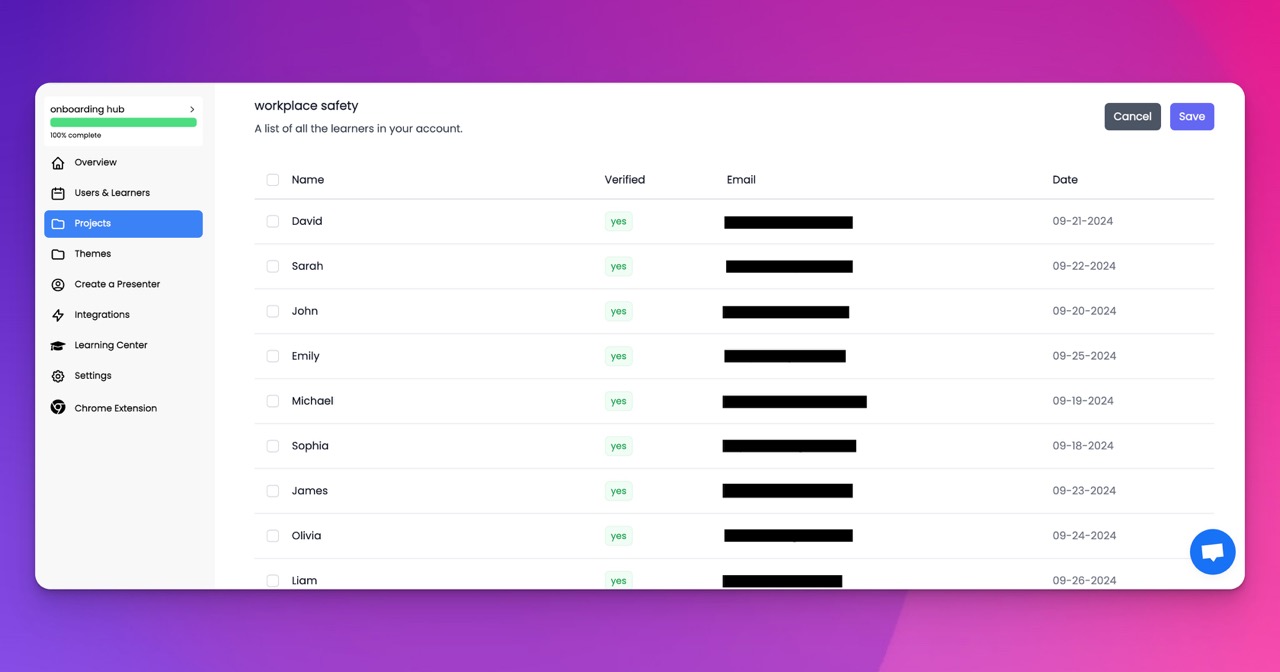🎉 Trainday now integrates with Zendesk and Hubspot 🎉 Trainday now integrates with Zendesk and Hubspot 🎉 Trainday now integrates with Zendesk and Hubspot
🎉 Trainday now integrates with Zendesk and Hubspot
🎉 Trainday now integrates with Zendesk and Hubspot
Contact
Uncanny Valley
Creating Content for Marketing, Sales, and Training using AI Avatars
The world of marketing, sales, and training is constantly evolving, and with the advent of AI avatars, it has become easier and more efficient to create content that engages and educates your audience. AI avatars are virtual characters that can be programmed to interact with your audience in a way that is personalized and engaging. In this blog post, we will explore the benefits of using AI avatars to create content for marketing, sales, and training, and how to avoid the uncanny valley effect.
Define Uncanny
The word "uncanny" refers to something that is strange or mysterious, often in a way that is unsettling. The term "uncanny" comes from the German word "unheimlich," which means "unhomely." It describes something that is familiar yet unfamiliar, or something that feels like it should be familiar but is not. This feeling of unease is often associated with the uncanny valley effect.
Uncanny Valley Definition
The uncanny valley is a term used to describe the phenomenon where a human like character or robot looks almost but not quite human. This causes a feeling of unease or revulsion in the viewer, as the character looks too similar to a human but does not quite meet the standard. The uncanny valley effect is a common problem when creating AI avatars, as designers strive to make them as realistic as possible, but not so much that they fall into the uncanny valley.
Uncanny Valley Graph
The uncanny valley graph is a visual representation of the uncanny valley effect. The graph shows a curve that starts at the bottom left corner with a low level of realism and emotional response. As the level of realism increases, so does the emotional response, until a point is reached where the character looks almost human but not quite. At this point, the emotional response drops sharply, creating the valley. Once the character becomes completely human like, the emotional response returns to a high level.
How to Avoid the Uncanny Valley Effect when Creating AI Avatars
To avoid the uncanny valley effect when creating AI avatars, it is important to strike a balance between realism and familiarity. The character should be realistic enough to engage the viewer, but not so realistic that it becomes unsettling. Designers should pay attention to facial expressions, body language, and other cues that help to create a sense of familiarity and connection with the viewer.
In conclusion, using AI avatars to create content for marketing, sales, and training can be a powerful tool for engaging and educating your audience. However, it is important to be mindful of the uncanny valley effect and to strive for a balance between realism and familiarity. With careful attention to design and a focus on creating engaging and personalized content, AI avatars can be a valuable asset for any business.
Accelerate Compliance.
Deliver OSHA-Ready Courses Instantly.
Empower your team with data-driven training solutions tailored to your industry's safety standards. Stay compliant, reduce risks, and boost productivity with AI-powered course creation.
